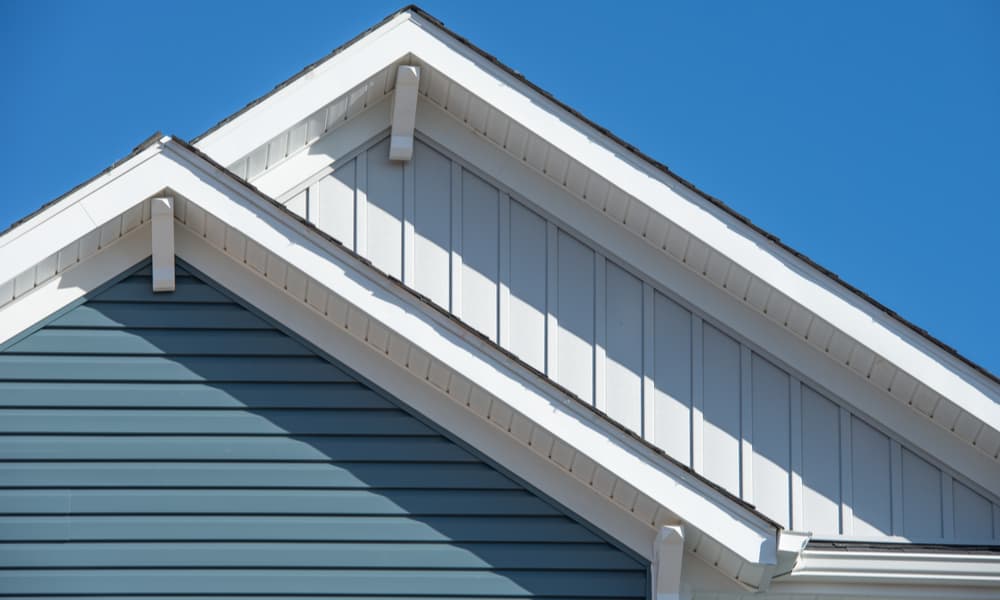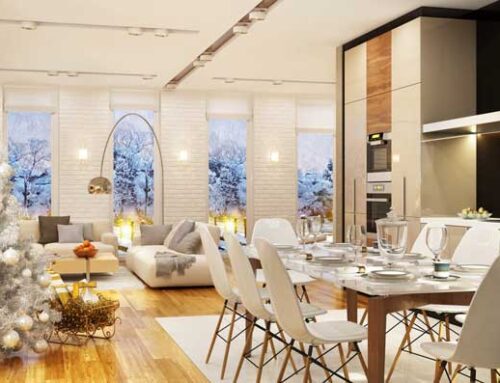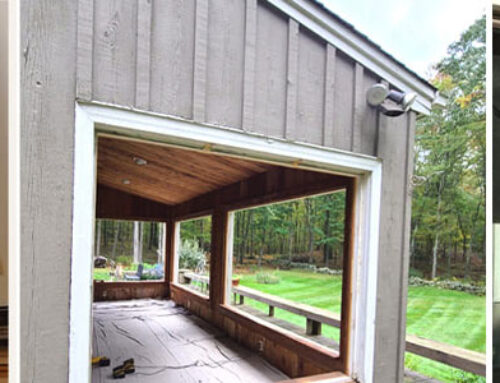When it comes to choosing the right siding for your home, vertical and horizontal options are both popular choices. In this article, we will compare these two siding styles to help you determine which one might be the better option for your needs. We will cover various aspects such as definitions, materials used, functionality, installation, cost considerations, environmental factors, and finally, why Superior Windowland services in Connecticut are an excellent choice for your siding needs.
What is Vertical and Horizontal Siding
Vertical Siding
Vertical siding is a style where the siding panels are installed in a vertical orientation. It can provide a unique and modern aesthetic appeal, emphasizing the height of the building.
Common materials used for vertical siding include vinyl, fiber cement, wood, and metal.
Horizontal Siding
Horizontal siding, on the other hand, features siding panels that are installed horizontally. This style often portrays a traditional or timeless look.
Materials commonly used for horizontal siding include vinyl, fiber cement, wood, aluminum, and brick.
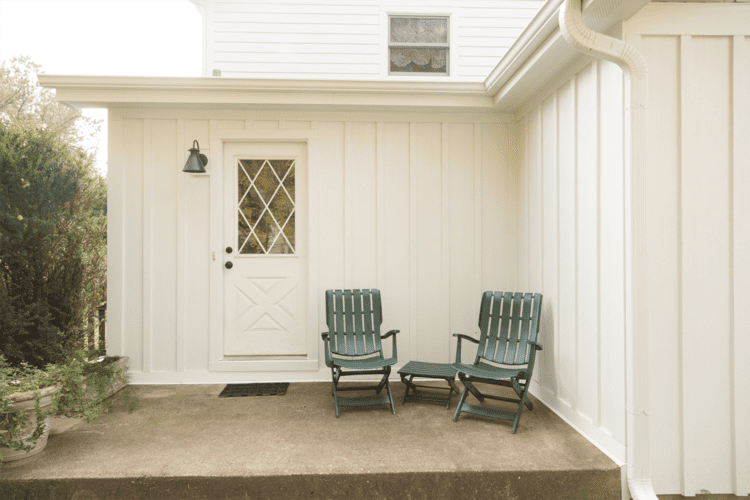
Functionality and Performance
When considering functionality and performance, both vertical and horizontal siding options have their strengths.
Vertical siding typically handles water runoff better, reducing the chances of moisture retention and potential damage.
Horizontal siding, however, offers ease of maintenance and may have better resistance against wind-related issues.
Installation and Cost Considerations
Vertical Siding Installation
Installing vertical siding requires attention to detail and proper sealing to prevent water infiltration. It may be a more complex process compared to horizontal siding installation, and professional assistance is often recommended.
Horizontal Siding Installation
Horizontal siding installation is relatively straightforward, making it a popular choice for many homeowners. It can be installed quickly, and repairs or replacements are often easier to manage. DIY installation is more feasible with horizontal siding.
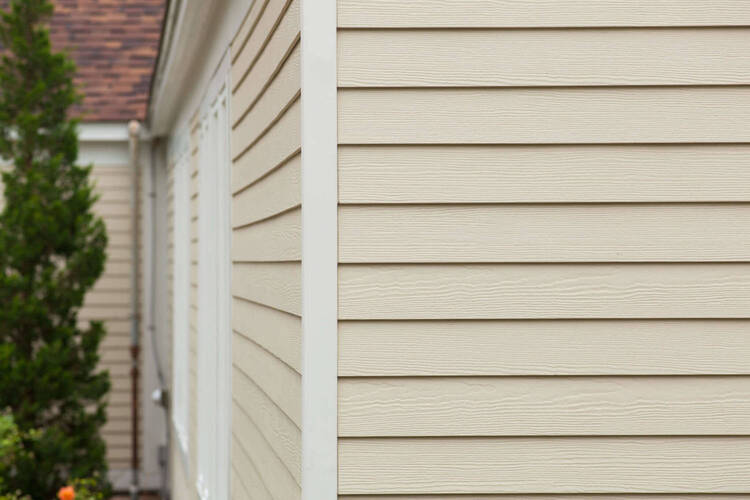
Cost Considerations
The cost of both vertical and horizontal siding options can vary depending on factors such as materials chosen, labor costs, and the size of the project. Generally, vertical siding may be slightly more expensive due to the additional complexity involved in installation.
Environmental Factors
Vertical and horizontal siding options have their own environmental considerations.
Vertical siding, especially when using sustainable materials like fiber cement or responsibly sourced wood, can offer energy efficiency benefits and be more environmentally friendly.
Horizontal siding can also contribute to energy efficiency, and choosing durable and recyclable materials can enhance its sustainability.
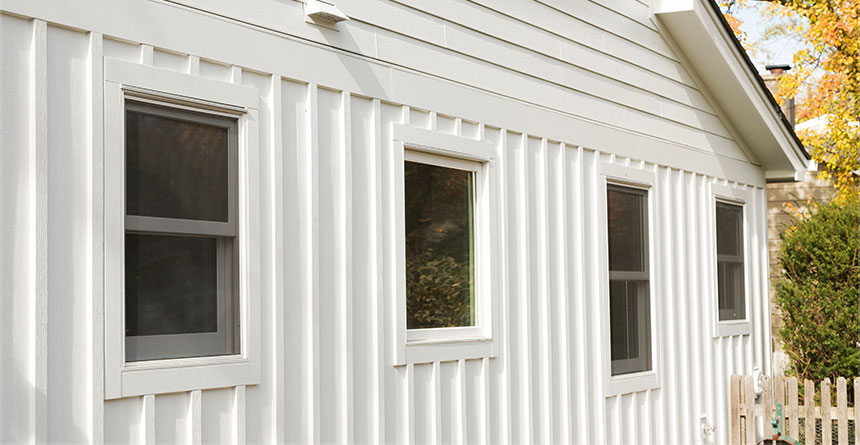
Why Choose Superior Windowland Services in Connecticut
Superior Windowland distinguishes itself as the premier siding contractor in Connecticut for several reasons.
- With our years of experience and stellar reputation, we have built trust among homeowners.
- Our commitment to customer satisfaction is evident through their personalized approach, transparent communication, and dedication to delivering exceptional results.
- When you choose Superior Windowland, you can have confidence in our ability to transform your home with our superior siding services.
Contact Superior Windowland for a free estimate today and get high-quality siding solutions. If you aren’t ready to speak with someone, don’t hesitate to fill out the online form on our website for a no obligation assessment.
In the debate between vertical and horizontal siding, there isn’t a clear winner as the better option. It ultimately depends on your personal preferences, architectural style, functionality requirements, and budget. By considering factors such as aesthetic appeal, performance, installation, cost, and environmental impact, you can make an informed decision. And when it comes to professional siding services, Superior Windowland in Connecticut is ready to provide top-notch solutions tailored to your needs.
